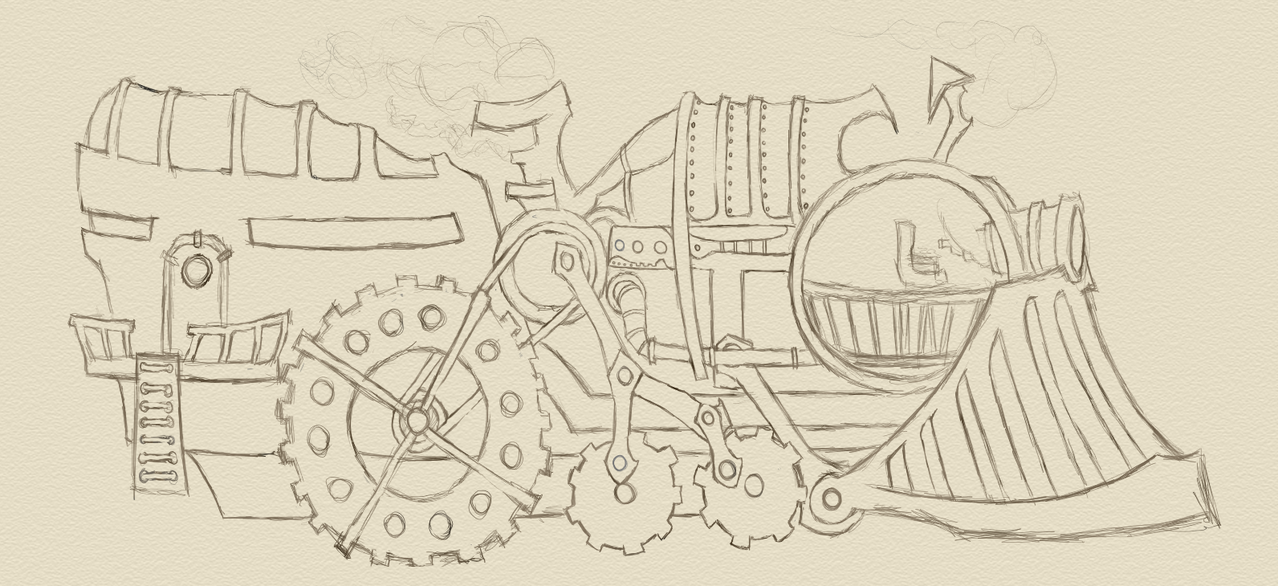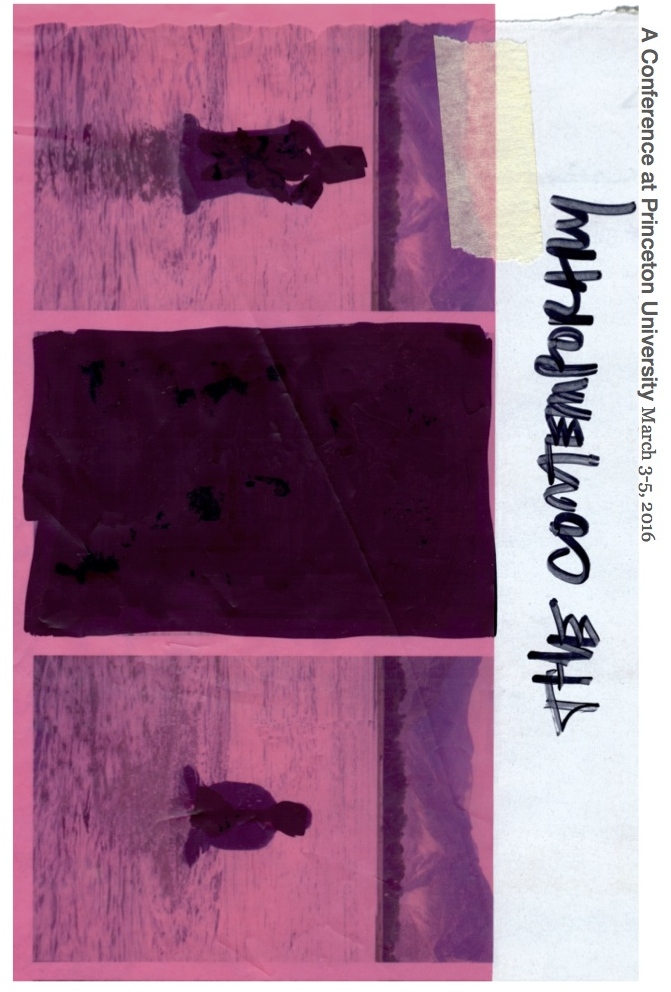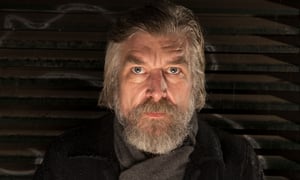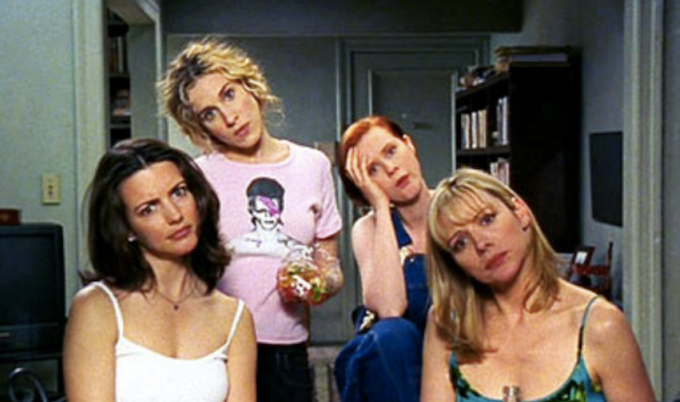Eco-Crime: Scandinavian Literature Takes on the Environmental Crisis
This is the third article in a series guest edited by Bruce Robbins. Some years into the fashion, Nordic noir remains something of a mystery. Known for its pronounced left-wing tendencies and an uncompromisingly critical view of the Scandinavian welfare state, the genre has won huge audiences in a global climate of neoliberalism and among fiction, film, and television audiences abroad that do not seem to share the social and political assumptions of the region. But perhaps we have been too hasty in identifying those assumptions and their meaning in the countries of origin. The essays gathered here, from inside and outside Scandinavia, try to consider this enormously successful cultural export with fresh eyes, reflecting anew on why Nordic noir should have emerged where and when it did and on the gender and eco-political concerns as well as the concern with the welfare state that have animated its cross-cultural creativity.
"How many days shall we agree on?" The poet looks attentively at his reader, explaining to her that she may buy his poetry collection if she is prepared to sign a declaration that she will eat nothing but vegetables for an agreed number of days. Poet and reader whisper together a bit. Soon, a slim, hand-made book with the title Exercises and ritual texts (Øvelser og rituelle digte) changes hands, and the poet receives a signed declaration.
This small scene was enacted in 2010 when the Danish poet Lars Skinnebach launched his book and attempted to use the poems in the fight against the worldwide climate crisis. He wanted to change nothing less than the reader's behavior. Skinnebach's poems have to do with a trip to Greenland and portray the consequences of the climate changes taking place there, but the poems were intended as an action, not just a description. In this he is more representative than not. Nordic poets of the last decade and a half have seen that the usual easily understandable messages and clear-cut attitudes are not working. Their response to the climate crisis and environmental issues generally has been to experiment with new genres, new media, new courses of action.
Lars Skinnebach's happening is only one of the forms in which recent Scandinavian literature has confronted the crisis of nature. Another is the romantic vision of secretive, unpredictable nature set against criminal rulers, as in Peter Høeg's international thriller, Smilla's Sense of Snow (1995). This is distinct again from the showdown with the idea of a divine, spiritual nature in Lars von Trier's controversial film Antichrist (2009), about a man and a woman who, after their son's death seek in vain (to put it mildly!) to find a cure in the natural world. Von Trier is representative of a new tendency to assume, as suggested by the period term "Anthropocene," that nature and humanity have become inseparable.
Von Trier's film Melancholia (2011) offers a mythical interpretation of this profound interconnection in the narrative of melancholy Justine, whose wedding provides an opportunity for union not with a human bridegroom but with inescapable forces in the form of the beautiful planet Melancholia, which ends up by wiping out the earth and all its inhabitants. This perspective is unsentimental, to say the least. Nature is neither good nor evil; rather, it exists inside the individual, in the body, in consciousness, in the atoms.
The new image of nature in Nordic literature has various sources and prehistories, but it is clear that the young Anthropocene writers gain major inspiration from the great generation of writers from the mid 1960s that first broke away from high modernism. System poetry, surrealism and concretism in particular pave the way for new poetic images of the relation between man and nature. In poets such as Peter Laugesen and Klaus Høeck, the idea of the totality of man and nature forms the point of departure for a critique of civilization, visionary poetry and science fiction journeys into the microcosm of language.
In prose, the Anthropocene element finds its way into novels, short stories, and, most intriguingly, crime fiction. The precondition for the new eco-critical crime fiction is the genre's renewal in the mid 1960s, when Maj Sjöwall and Per Wahlöö start to publish their ten-volume Martin Beck series, The Story of a Crime (1968-1976).
Kerstin Ekman, a highly popular Swedish crime writer who is less known outside Scandinavia, also began to make an impact in the 1960s. Ekman made her debut as a crime writer as early as 1959, publishing a series of entertaining crime stories before striking out in new fictional directions. She won a different sort of reputation for her historical novels about the emergence of modern Sweden, Katrineholmsuiten (1977-1984). But mysteries by no means disappeared from her writing. Like others of her generation, she sought to create a highly complex prose by drawing on popular literature, fairytales, the Bildungsroman, poetry, legends, biblical language, and folk narratives as well as whodunits. Her themes soon came to include the history of feminism and the working class, industrialism, depth-psychology, and the relation between humanity and nature. In 1993, she published the novel, Blackwater (transl. 1995), in which many of these themes were interwoven and in which nature and the environment were depicted from a new, Anthropocene perspective.
Blackwater takes place in the landscape of Jämtland, a large inland province of Sweden that was once an autonomous peasant republic, was ruled for hundreds of years by Norway, and remains associated with rural poverty. Jämtland has a minority population of Sámis, an ancient Nordic people that lives from reindeer farming and inhabits areas in four countries: Norway, Sweden, Finland and Russia. The plot of the novel deals with a double murder committed during on Midsummer's Night in 1973. Its background is savage industrialization. Though Ekman describes the wonderful light of the Scandinavian summer night, the wild flowering hay and the silent beauty of the snow, hers is a Jämtland in which large areas of forestland have been felled and old settlements lie deserted. The region has similarities to Faulkner's South: those who have not left have become eccentric, and old feuds and secrets acquire grotesque dimensions. It's in this context that the region is plagued by a murder mystery that no one has been able to solve.
The novel is divided into two main sections separated by 18 years. It jumps back and forth between 1973 and 1991 and between three storytellers: Annie, Birger and Johan. On Midsummer's Night Annie arrives in Blackwater along with her six-year-old daughter Mia. Blackwater is a small community where heavy-handed industrial exploitation has destroyed all ecological order. Much of nature lies abandoned, sinister and full of waste. Annie is there to work as a teacher in the post-hippie commune at Starhill, the members of which, including her lover and former pupil Dan, want to found an alternative society in opposition to industrialization. On the difficult way uphill to the remotely located commune, Annie discovers the bodies of a man and a woman, tourists who have been killed in their tent, and she glimpses the face of a young man fleeing from the scene. She thinks that he is the murderer. The case remains unsolved.
Shortly after Annie arrives at the commune, she understands that she had come with false assumptions. Dan was not particularly interested in her; he was seeing several other women, among others the doctor's wife. But the commune needed a teacher and got Dan to persuade Annie to live with him. Annie becomes pregnant, but the child is stillborn, and Annie decides to leave the commune at Starhill. She becomes a teacher at Blackwater's primary school and gets involved in a love affair with Birger, the doctor, whose marriage has collapsed.
The narrative proper does not begin until 18 years after the murder, when Annie sees her daughter being walked home by the same man she has noticed leaving the crime scene many years before. In the absence of any official investigation, Birger will play philosophical detective, joining Annie in a quest to get at the secret of the old murder. The fact that so much time has elapsed shifts the focus from the question of whodunit to the long-term fate of the local community.
The man Annie thinks is the murderer turns out to be a young half-Sámi boy who was fleeing from Blackwater after having been bullied by his brothers. He escapes to Norway, where his mother, who also believes that he is the murderer, arranges for him to stay with the Sámi side of his family. Now, 18 years later, Johan is back in Blackwater with Annie's daughter Mia, and she is expecting a child. Annie is appalled, though it is unclear by what exactly, and decides to solve the murder case herself. It turns out that the investigation is dangerous for her as well.
The crime story has a satisfyingly surprising solution which reconciles the exciting plot with a complex psychological analysis of the main characters. Many of the ideas the characters have about themselves and their lives turn out to be illusory. Johan, who believes that his Sámi mother has conceived him with a Sámi man and not with her lawful Swedish husband, is forced to admit that genetically speaking he does not totally belong to the Sámi people. In other words, for him there is no permanent escape to the admired Sámi place-world where nature and humanity are not thought of as conquering each other. Though the Sámis are victims of modernity and industrialization, they no longer seem an honorable or plausible alternative.
If the novel is about man and nature, it is also about the significance of place. Its title is a place name. Blackwater is the name of a real location in Jämtland, but the name is also symbolic: black water is associated both with the old myths and with the new pollution. The old myths linked humanity and nature in one way; pollution links them in another. Blackwater thus stands for the Anthropocene, where in nature humanity everywhere meets traces of itself and its own activities. Here nature bears witness to the destructive element in humanity's urge to create. It is an illusion, the novel suggests, to interpret nature as the other or the alien, as the romantic incarnation of the suppressed or the sacred. The mythic depths of the Swedish forest, where man was formerly confronted by alien powers, are now the setting for his encounter with the Anthropocene. In nature's darkness man meets himself and his own crimes. Nature is no longer a sacred shrine. It does not offer refuge. Blackwater is not exactly the scene of the crime, then; rather, it is the scene of many crimes. The largest of those crimes are almost certain to go unpunished and even unreported.
Some of the Scandinavian Anthropocene writers, like Lars Skinnebach, open themselves to shamanism and the ritualization of art. Ekman shares with them a perhaps residual belief in the ability to experience at least for a moment a wholeness in all that is still alive and in certain life-places. In Blackwater, the three main characters - Annie, Birger and Johan - all have epiphanies in which they enter into deep contact with a living place-world. Ekman's universe allows for something inexplicable and incomprehensible: "this prolonged feeling of bliss" (162).
If man meets himself in nature as a destroyer, for Ekman he can perhaps also meet himself as a healer, capable of perceiving and sharing a balance between everything that is living. Ekman seems a bit romantic here. But framed as it is by murders and crime mysteries that parallel the Anthropocene itself, her thought is actually tougher, though perhaps tinged after all with Christian mercy. Our world is filled with so many different types of crime! Who can be called so guilty that she or he deserves to be singled out and punished? In the Anthropocene, the framework of the mystery novel breaks down.
Anne-Marie Mai, Professor of Nordic Literature, University of Southern Denmark, is a member of The Danish Academy, editor of Nordic Women's Literature (http://nordicwomensliterature.net/), member of the Editorial Board of The European Journal of Scandinavian Studies, General Secretary of International Society for 18th Century Studies. Mai has published more than 180 articles on Scandinavian literature and is the author of Hvor litteraturen finder sted (2010-2011) (Where Literature takes Place: A history of Danish Literature, vol. I-III). She is research manager of the NICE project (Narratives, Indicators, Concepts, European Welfare).
ALSO IN THIS SERIES:
Bruce Robbins, "The Detective is Suspended: Nordic Noir and the Welfare State"
Jakob Stougaard-Nielsen, "The Policeman in the Ill-Fitting Uniform; or, How to Write Crime Fiction After Utøya"
Yvonne Leffler, "Lisbeth Salander as Pippi Longstocking."
Peter Simonsen, "'A Shadow Had Descended': Alzheimer's in Henning Mankell's The Troubled Man."




